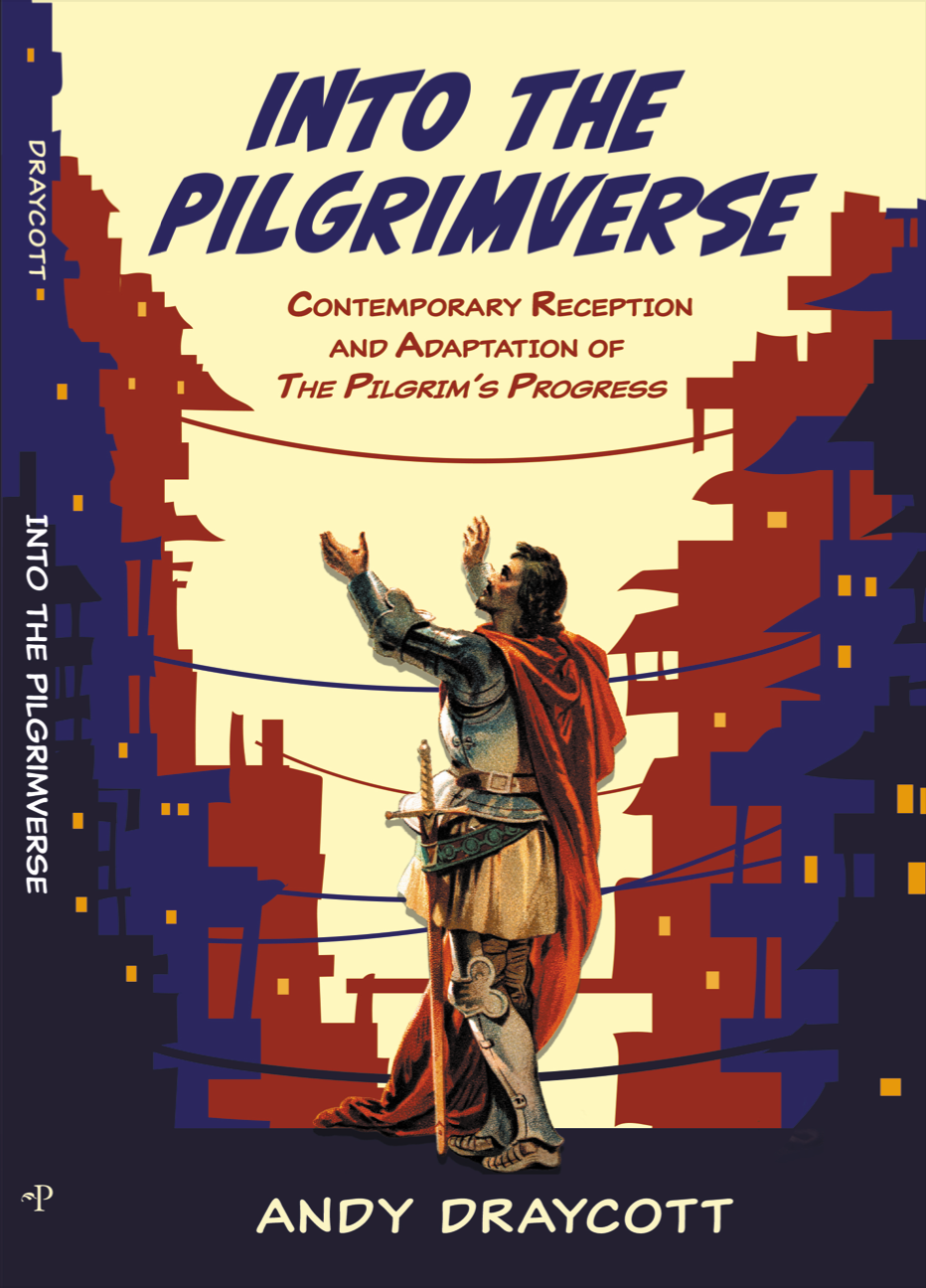Good Friday at the Place of Deliverance (Part 2 of 2)
- andydraycott7
- Mar 29, 2024
- 2 min read
What does Christian see when he sees the cross? He later reports that he saw Jesus in his mind's eye, as it were. Most often, when the cross is depicted visually, it is an empty cross, on it's own.

A 1728 woodcut illustration tells the reader that this is the cross of Jesus by adding a crown of thorns which is not part of what Bunyan describes Christian seeing.
There are also, however, illustrations that show Jesus upon the cross. If the earliest illustration of this scene did not even portray the cross at all (see 1 of 2 post), it is likely that portraying Jesus on the cross would not have fit Bunyan's or his early readers' Protestant sensibilities. Trained artists and illustrators, however, no doubt, had a larger, more ecumenical visual imagination.
One way to achieve the depiction of Jesus on the cross while maintaining a Protestant insistence on an empty post-resurrection cross (as Roger Pooley notes in his Penguin Classics annotation at this point) is to use a flashback technique. This happens in the Ken Anderson movie (1979) and in the Marvel Comics adaptation (1992), as well as in the breakdance adaptation by BreaknTruth Ministry. In this latter, the effect is achieved by projecting onto a backdrop curtain the scene of the crucifixion with Roman soldiers as well as a tomb complete with stone. The visual situates Christian's experience in reference to the gospel event of Jesus' death to which Bunyan's cross points and which it assumes.
Good Friday is good because the cross is now empty (Bunyan clearly points to the empty tomb in this episode, too). It is good because there Jesus hung for the sins of the world, for you and me. A crucifix fixes externally the imagination that we bring internally to the empty cross this Good Friday, remembering that it bore the "The man that there was put to shame for me."


Comments